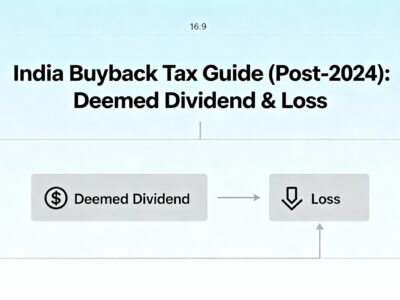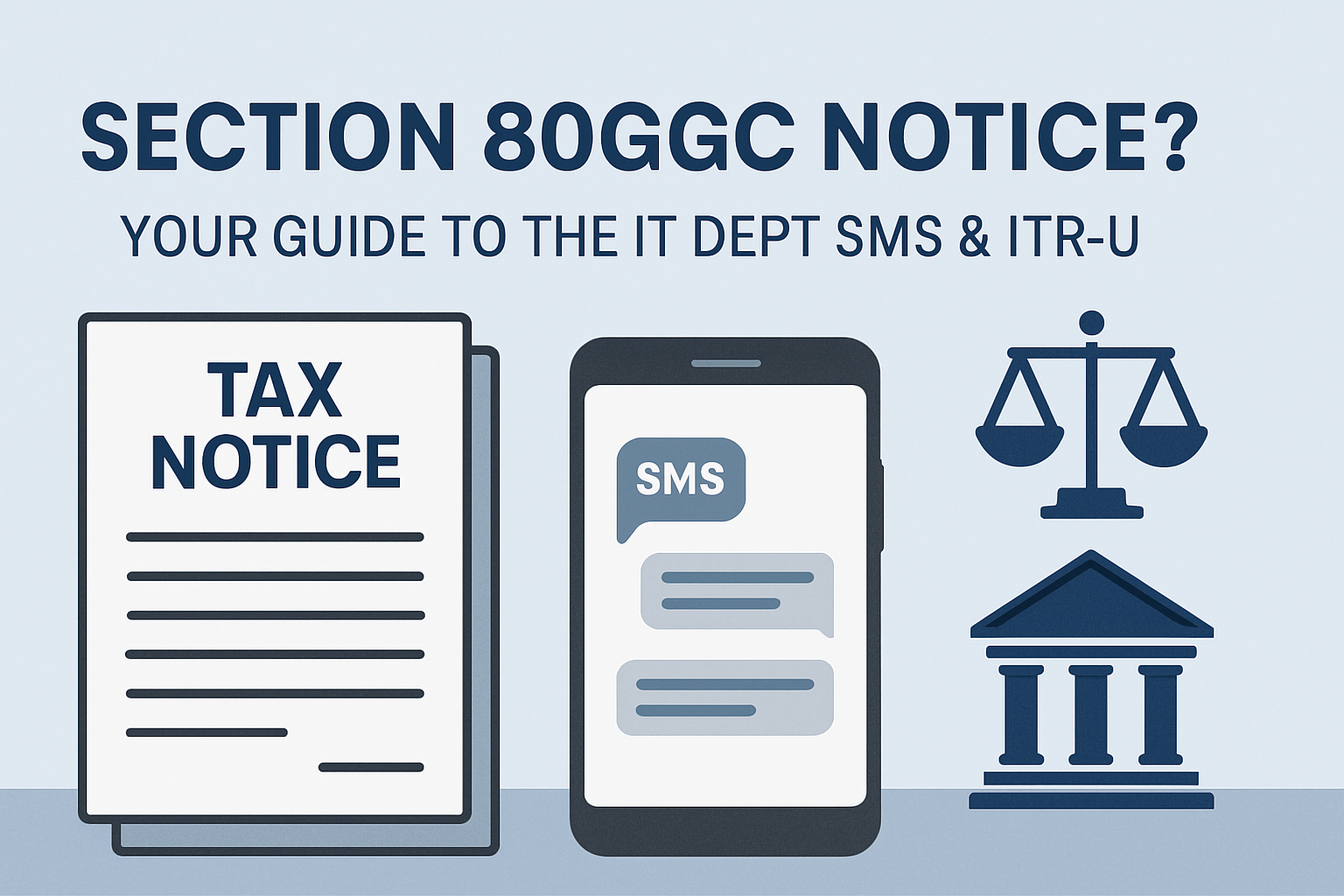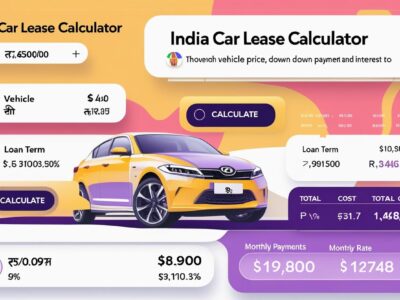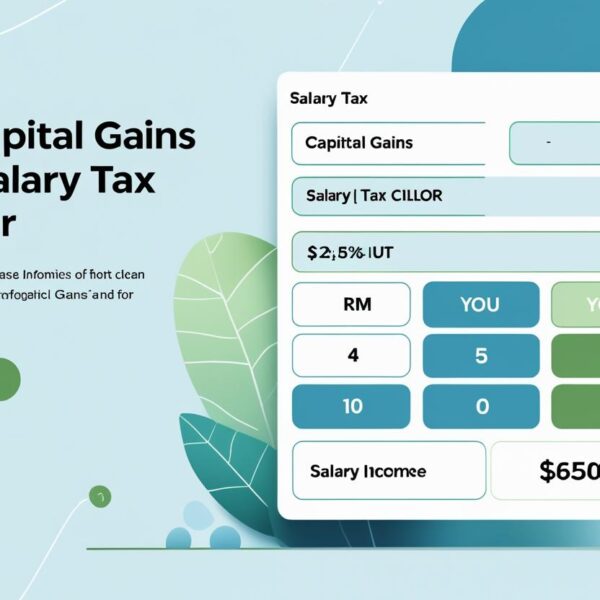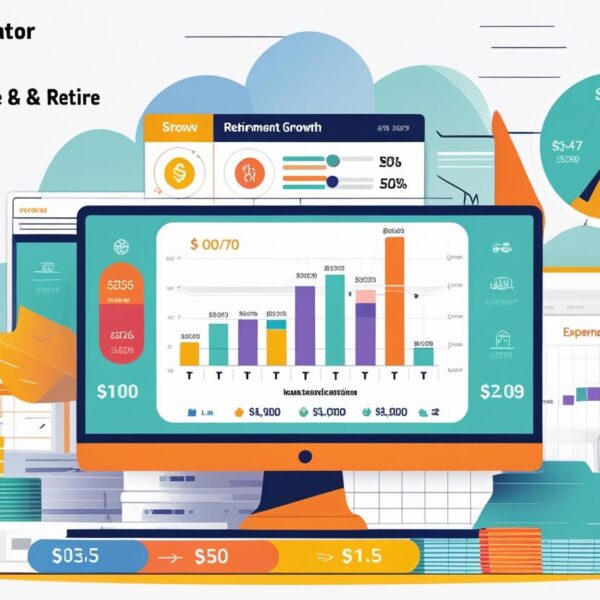EPF Withdrawal Online: Guide to Claims, Forms & Rules Checklists
Navigating the EPF withdrawal process can feel complex, with specific rules and forms governing every scenario. Whether you need a PF advance for a medical emergency, are applying for a final settlement with Form 19, or simply want to understand the system better, this guide is your definitive resource for 2025. We will walk you through the entire online claim process step-by-step, from ensuring your KYC is correct to avoid claim rejection, to understanding the critical TDS rules and tracking your application status. Follow this checklist to ensure a smooth and successful withdrawal of your hard-earned funds.
The Definitive Guide to EPFO Withdrawals
A comprehensive checklist for a successful claim across all categories and scenarios. Master the process, avoid rejections, and access your funds when you need them most.
The Employees' Provident Fund (EPF) is a cornerstone of social security in India, primarily designed for long-term retirement savings. However, it's also a dynamic financial tool for significant life events. Whether it's for buying a home, funding education, or covering medical emergencies, understanding the withdrawal process is key.
Key Takeaway:
A successful EPFO withdrawal is overwhelmingly a matter of diligent preparation. Data accuracy across your Aadhaar, PAN, Bank, and EPFO records is non-negotiable and the primary factor in avoiding claim rejection.
Section 1: The Pre-Claim Foundation
The most common reason for claim rejection is data inconsistency. Before you even think about applying, you must conduct a thorough audit of your personal data. Let's look at the critical steps.
Data Integrity: The 8-Step Correction Path
A real-world case study showed a claimant performing eight distinct data correction steps before submission. This infographic illustrates the ideal flow of data correction, starting from foundational documents.
Update Source Docs
(Birth Cert, Passport)
Correct Aadhaar
(Name, DOB)
Align PAN & Bank
(Must match Aadhaar)
Fix EPFO Records
(Joint Declaration Form)
KYC Mandate and Data Consistency Check
Your UAN must be activated and linked with your Aadhaar, PAN, and Bank Account (KYC). Use this table to perform a self-audit.
| Data Field | EPFO Record | Aadhaar | PAN | Bank |
|---|---|---|---|---|
| Full Name | ||||
| Date of Birth | ||||
| Father's Name | N/A |
*Fill this out to check for any mismatches before proceeding.
The Ultimate Pre-Flight Checklist
Go through this interactive checklist item by item. A 'yes' to all these questions significantly boosts your chances of a first-attempt approval.
The Employer's Critical Role
Your employer is a key gatekeeper in the EPF ecosystem. For final settlements or transfers, their action is mandatory. Ensure they have updated your 'Date of Exit' in the EPFO portal after you leave a job. Delays here will halt your final settlement claim.
KYC Digital Approval
When you add or update your Bank or Aadhaar KYC on the UAN portal, it is sent to your employer for digital approval. Only after they approve it can you proceed with a claim.
Date of Exit (DOE)
For a final settlement (Form 19 & 10C), your employer MUST mark your DOE in the portal. You cannot apply for full withdrawal if you are shown as currently employed.
Section 2: Understanding Your EPF Passbook
Before you claim, it's vital to know how your money is structured. Your total EPF balance isn't a single pool of money; it's divided into contributions for provident fund and pension.
Anatomy of Your EPF Contribution
Your Monthly Salary (Basic + DA)
↓
Your Contribution
12%
Employer's Contribution
12%
This distinction is crucial as withdrawal rules for EPF (your share + employer's share) and EPS (pension) are completely different.
Section 3: The Big Decision - Transfer or Withdraw?
When changing jobs, you face a critical choice: transfer your PF to the new employer or withdraw it. While withdrawing might seem tempting, transferring is almost always the financially smarter decision for long-term growth.
Why You Should Transfer
- Power of Compounding: Your money continues to grow uninterrupted at a high, tax-free interest rate.
- Service Continuity: Transferring ensures your total service period is continuous, which is vital for pension eligibility (>10 years) and avoiding taxes on final withdrawal (>5 years).
- Retirement Goal: It keeps your retirement corpus intact, fulfilling the primary purpose of the EPF scheme.
- Higher Pension: A longer service period directly translates to a higher pension amount after retirement.
The Risks of Withdrawing
- Loss of Compounding: You lose out on massive potential growth. A small amount withdrawn today could have been a huge sum at retirement.
- Tax Implications: If service is less than 5 years, the entire withdrawn amount becomes taxable, significantly reducing your take-home amount.
- Reset Service Period: You reset your service clock to zero, potentially making you ineligible for pension benefits later on.
- Retirement Setback: You deplete your long-term savings for short-term needs, jeopardizing your financial security in old age.
Section 4: Navigating Withdrawal Categories
EPF claims fall into three main pillars. Understanding them is crucial for choosing the right form and process.
Final Settlement (Form 19)
Complete withdrawal of your EPF corpus after retirement or two months of unemployment.
Pension (Form 10C/10D)
Deals with funds in the Employees' Pension Scheme (EPS), with rules based on service tenure.
Partial Advance (Form 31)
Non-refundable withdrawal for specific reasons like housing, marriage, or medical needs while employed.
Pension Crossroads: Withdrawal vs. Scheme Certificate
Your pension claim is dictated by one crucial number: 10 years of service.
Pension (Form 10C) Decision Flow
Take the full pension amount.
Cannot withdraw. Get certificate to retain pension benefits for retirement.
Section 5: Partial Withdrawals (Form 31) In-Depth
This is the most common type of withdrawal for employed individuals. Below is an interactive table detailing the various scenarios.
| Purpose of Advance | Min. Service | Max. Withdrawal Limit |
|---|
Interactive Withdrawal Limit Calculator
Curious about how much you can withdraw? Select a reason, enter your monthly basic salary + DA, and your total EPF balance to see an estimate.
Section 6: The Application Process - Online vs. Offline
For KYC-compliant members, the online process is fast and straightforward. However, the offline process still exists for specific cases.
Online Process Walkthrough
Login & Navigate
Log in to the UAN Member Portal. Go to 'Online Services' > 'Claim (Form-31, 19, 10C, 10D)'.
Verify Bank Account
Enter the last 4 digits of your linked bank account to proceed.
Select Claim & Fill Details
Choose your claim type (e.g., PF Advance). If it's an advance, select the purpose and enter the amount.
Aadhaar OTP Authentication
Click 'Get Aadhaar OTP'. Enter the OTP sent to your Aadhaar-registered mobile number to submit the claim. This acts as your e-signature.
Online vs. Offline: A Quick Comparison
| Feature | Online Claim | Offline Claim |
|---|---|---|
| Requirement | Aadhaar must be linked to UAN | Not mandatory |
| Employer Role | No attestation needed | Requires employer attestation on form |
| Speed | Faster (5-15 days) | Slower (Up to 30 days) |
| Process | Paperless via UAN Portal | Physical forms submitted to EPFO office |
Section 7: Tracking Your Claim & Grievance Redressal
After submission, you aren't left in the dark. EPFO provides robust tools to track your claim's progress and a formal system to raise complaints if things go wrong.
Decoding Your Claim Status
You can check your claim status on the UAN Member Portal under 'Track Claim Status'. Here's what the common statuses mean:
Under Process
Your claim has been received by the EPFO field office and is in the queue for review by an officer.
Settled
Congratulations! Your claim has been approved. The amount will be dispatched to your bank account, typically within 3-5 business days.
Rejected
Your claim was not approved. The portal will specify the reason (e.g., 'Mismatch in Name'). You must correct the issue and re-apply.
Claim Form Returned
Similar to rejection, but often for minor, correctable errors. Address the feedback provided and resubmit.
When Things Go Wrong: The EPFiGMS Grievance Portal
If your claim is unduly delayed or you face other issues, you can file a formal complaint on the EPF i-Grievance Management System (EPFiGMS). This creates an official record and ensures your issue is addressed.
Visit EPFiGMS Portal
Navigate to epfigms.gov.in and click 'Register Grievance'.
Select Your Status
Choose 'PF Member' as your status and enter your UAN and security code.
Lodge The Grievance
Select the grievance category (e.g., 'Final Settlement related') and provide a clear, concise description of your issue. Upload supporting documents if available.
Track Your Complaint
You will receive a unique registration number. Use this to track the status of your grievance on the portal until it is resolved.
Section 8: Why Claims Get Rejected - And How to Avoid It
Even with a streamlined online process, claims can be rejected. Here are the most common pitfalls to watch out for, ensuring you get it right the first time.
Mismatched Bank Details
The name on the cheque/passbook doesn't match the name in EPFO records. This is an instant red flag for verification systems.
Incomplete KYC
Aadhaar not linked or bank KYC not approved by the employer is a common showstopper. Ensure all KYC is green-lit before applying.
Unclear Scanned Documents
A blurry or cropped scan of the cheque/passbook where the name, account number, or IFSC code is illegible will lead to rejection.
Incorrect Service Period
Applying for an advance (e.g., marriage) without meeting the minimum required years of service is a frequent mistake.
Section 9: Handling Special Withdrawal Scenarios
EPF rules have provisions for unique circumstances. Here’s a look at some important special cases.
For Physically Handicapped Members
Members with disabilities can take an advance to purchase equipment to minimize hardship. The limit is typically 6 months' basic wages and DA, or the employee's share with interest, whichever is less. This can be availed multiple times.
Rules for NRIs
Non-Resident Indians (NRIs) can withdraw their full PF balance upon retirement or unemployment. The funds can be transferred to an NRO account. TDS is applicable, and they might need to submit Form 15G/15H to avoid higher deductions, subject to DTAA (Double Taxation Avoidance Agreement) with their country of residence.
In Case of Member's Death
The accumulated amount is paid to the nominee registered by the member. If no nomination exists, it's paid to the legal heirs. The family members must submit a composite claim form (Form 20 for PF, Form 10D for pension, and Form 5IF for insurance) along with the death certificate.
Section 10: Post-Submission & Taxation
Once your claim is submitted, you can track its status online. However, the most important post-submission consideration is taxation, governed by the 5-year rule.
The 5-Year Rule:
If you withdraw your EPF before completing 5 years of continuous service, the entire amount is taxable. If the amount is over ₹50,000, TDS (Tax Deducted at Source) will be applied.
Interactive TDS Calculator
This tool helps you visualize the impact of TDS on your withdrawal if your service is less than 5 years.
Section 11: After the Withdrawal - What Next?
Receiving your EPF amount is a significant financial event. What you do next can have a lasting impact on your financial health.
For Final Settlements
If you've withdrawn your entire corpus after leaving a job, it's crucial to reinvest this money wisely, especially if it was intended for retirement. Consider consulting a financial advisor to explore options like mutual funds, annuities, or other long-term investment vehicles that align with your risk appetite and goals.
For Partial Advances
Ensure the funds are used strictly for the purpose you withdrew them for (e.g., home construction, medical treatment). While EPFO doesn't typically audit the end-use for advances, it's a matter of financial discipline. Remember that this withdrawal reduces your final retirement corpus, so it's important to make it count.
Updating Your Records
After a full withdrawal, your old PF account becomes inoperative. When you join a new company, you will be allotted a new member ID linked to your existing UAN. Always ensure you transfer any future PF accumulations rather than letting them sit in old, inactive accounts.
Section 12: Frequently Asked Questions (FAQ)
Conclusion: Your Path to a Smooth Withdrawal
Successfully navigating the EPFO withdrawal process is achievable. The key lies in proactive data management. Ensure absolute consistency of your personal details across all platforms—EPFO, Aadhaar, PAN, and your bank. By leveraging the digital tools provided and understanding the rules for your specific situation, you can confidently access your hard-earned savings when you need them most.

